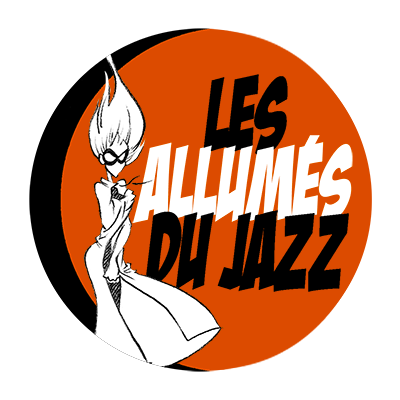Musiciens / Musicians
Frank Rochard, Jean-Philippe Fanfant, Sylvin Marc
Dès le premier morceau Passage du musée, nous entrons dans un jazz nerveux, groovy, ternaire dans le binaire. La prédominance de l’axe saxophone-batterie (renforcée dans la prise de son) ne se démentira pas jusqu’à la fin du disque. Cet axe nous renverrait à quelques précédents mythiques si le jeu fusion-funky de Jean-Philippe Fanfant (tout en syncopes, contretemps et roulement sur la charleston), en marge du jazz, n’évoquait davantage des pulsions de danse. Davantage que les mélodies, les improvisations ou le jeu du leader, c’est l’unité rythmique qui domine dans cet enregistrement. Fanfant y est pour beaucoup… Le batteur substitue le couple charleston-grosse caisse à la primauté cymbale ride-caisse claire des batteurs de jazz. Cette inversion modifie complètement la couleur de la musique. Et l’on se dit que l’on aurait bien aimé être au Sunset ce soir-là.
- Renaud Czarnes
From the first song Passage du musée, we enter into nervous, groovy, ternary in binary jazz. The predominance of the saxophone-drum axis (reinforced by the sound recording) will not be contradicted until the end of the disc. This axis could be thought of as a quote of several mythical references if the fusion-funky playing style of Jean-Philippe Fanfant (full of syncopes, off-beats and hi-hat rolls), on the fringes of jazz, did not evoke pulses associated rather with dance. More than the melodies, improvisations or the leader’s play, it is the rhythmic unity that dominates this recording. Fanfant has a lot to do with it… The drummer replaces the hi-hat and bass drum association with the ride cymbal-snare drum primacy of jazz drummers. This inversion completely changes the color of the music. And we say to ourselves that we would have liked to be at the Sunset that night.
- Renaud Czarnes


